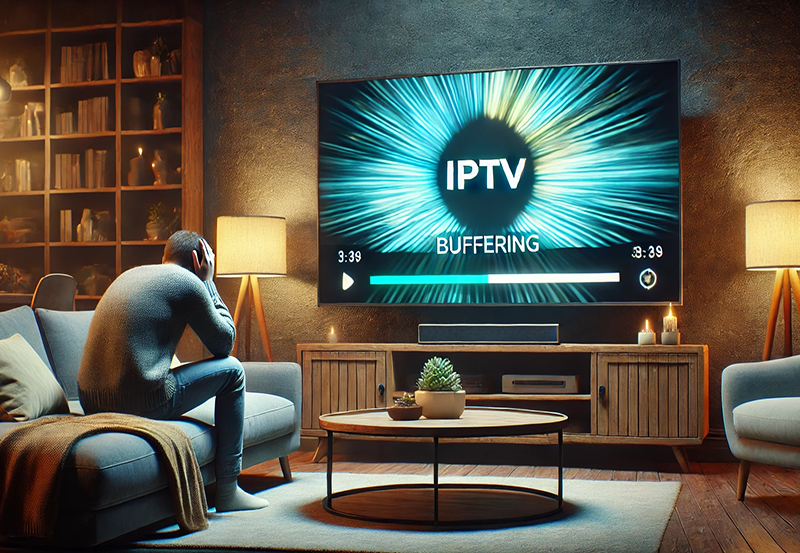IPTV, or Internet Protocol Television, is a way of delivering television content over the internet instead of through traditional cable or satellite methods. Unlike conventional TV, where shows are broadcast on a fixed schedule, IPTV allows users to access live broadcasts and on-demand content using internet networks.
Here’s a closer look at what IPTV is, how it works, and what makes it different from traditional TV:
1. How IPTV Works
IPTV works by streaming content over the internet using IP (Internet Protocol) networks. Instead of broadcasting shows on a specific frequency, IPTV sends them as data packets that are decoded and displayed on your device.
Main Components of IPTV:
- Content Delivery Network (CDN): This is where video content is stored and distributed to users.
- Middleware: The software that acts as the interface between the content server and the user’s device, enabling navigation and control over available content.
- Set-Top Boxes and Apps: These devices or applications allow users to access IPTV content on various devices, such as TVs, smartphones, tablets, and computers.
2. Types of IPTV Services
IPTV services come in different formats, each designed to suit various viewing needs:
- Live Television: Streaming real-time TV channels over the internet, similar to traditional broadcasts but with more flexibility.
- Video on Demand (VOD): Users can choose from a library of shows and movies to watch at any time.
- Time-Shifted Media: Also known as catch-up TV, this lets viewers watch shows they missed after they air, for a limited period.
3. Benefits of IPTV
- Flexibility: IPTV lets users watch content on various devices, including TVs, computers, tablets, and smartphones.
- Content Variety: IPTV often includes international channels, specialized content, and unique genres that traditional providers might not offer.
- Personalization: Many IPTV services allow users to create playlists, save favorite channels, and receive recommendations.
- On-Demand Viewing: With VOD and catch-up features, viewers can watch what they want, when they want, rather than following a broadcast schedule.
4. IPTV vs. Traditional TV
| Feature | IPTV | Traditional TV |
|---|---|---|
| Delivery Method | Internet | Cable or satellite |
| Viewing Flexibility | Watch on-demand or live | Fixed programming schedule |
| Device Compatibility | Smartphones, tablets, etc. | Usually limited to TVs |
| Content Selection | Often more international options | Limited to local/regional content |
5. How to Get Started with IPTV
To start using IPTV, you’ll need:
- A stable internet connection with sufficient bandwidth for streaming.
- A compatible device, such as a smart TV, computer, smartphone, or set-top box.
- An IPTV service provider that offers content packages suited to your preferences, which might include free or paid options.
6. Legal Considerations
It’s important to choose IPTV services that operate legally and comply with copyright laws. Some IPTV services offer unauthorized streams, which could be subject to legal risks or service interruptions.
7. Popular IPTV Applications and Devices
There are many IPTV apps available, such as IPTV Smarters Pro, Tivimate, Kodi, and Plex. These apps allow users to organize channels, customize settings, and access content easily on multiple devices.
IPTV offers a modern and flexible approach to watching television, bringing together the convenience of the internet with the entertainment options of traditional broadcasting. With various services and devices available, it’s easier than ever for beginners to explore IPTV and find content that suits their preferences.
Comparing IPTV Sports Services: Which One is Best for Streaming Games Live?





